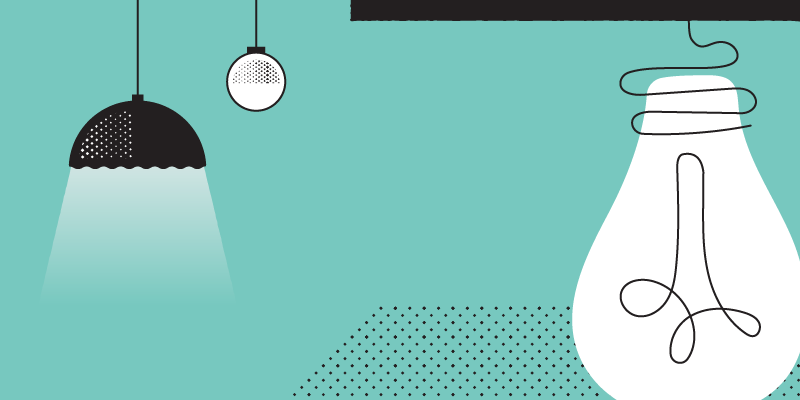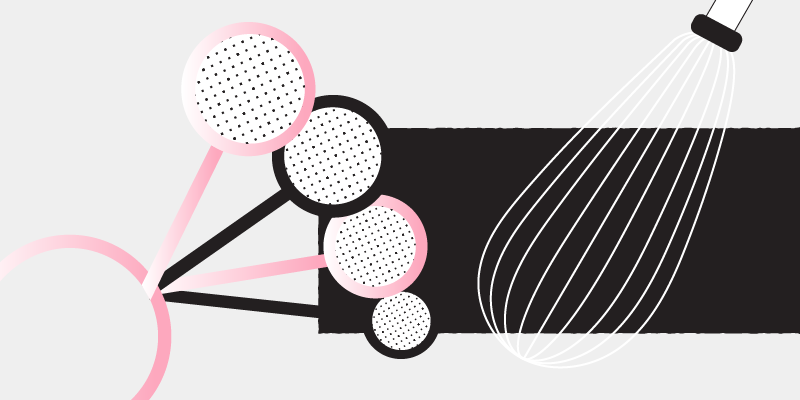18 September 2018
For the blind or visually impaired and their caretakers or family members, modifying homes to accommodate their changing needs is important. Changes like removing obstructions, altering colors or adding guides can make life so much easier for them. There are many different degrees of vision loss and every person is different but most can do with low-cost changes to the home. For example, those with low vision will have different needs than those with macular degeneration or those who are completely blind.
Modifying Homes for Those Who are Partially Sighted
If you or a loved one suffers from low vision, here are some changes that can help them with day to day activities.
Lighting: Make sure the home has plenty of light, especially in dark corners. Aim light where the person with low vision will need to see the most. You can adjust floor and table lamps, use lighting that is 60-100 watts and open windows to allow for natural light. You can also ensure the lighting is uniform throughout the house. Experiment with the lighting to find out what works best for your household.

Furniture: Move furniture out of the pathways and arrange it in a way that adds convenience and functionality for your loved one. Keep some chairs by the window so that it’s easy for the person with low vision to read, work or craft in natural light. You should pick upholstery with texture so that different pieces of furniture can be more easily identified.
Safety Hazards: Do what you can to help visually impaired people in the home avoid falls and injuries by eliminating hazards. Always keep desk and chairs pushed in and use non-skid, non-glare products to clean and polish your floors. Take away any tables or artwork that is low lying to eliminate bumps, bruises or falls. Remove other trip hazards like electrical cords or loose area rugs.
Grab Bars: You can install grab bars in places that are high-risk like in the bathroom or on the stairs. This will help the person in your home with low vision navigate these tricky spaces.
Additional options include:
Contrasting Colors: Having colors that are starkly different from each other can help a person with low vision get around the home easier. It’s best to use contrasting but solid colors, as patterned upholstery and rugs can be confusing to the eyes. Color code important household items so that they are easier to identify, and drape a brightly colored blanket over the visually impaired persons favorite chair or spot on the couch.
Organization: Always keep things organized around the house so that things are easier to find. For example, always put cooking utensils in the same drawer or the writing supplies in a certain drawer.

Additional Modifications for Those Who Are Totally Blind
For those that are completely blind, additional modifications can be made to the home. As with the partially sighted, you will want to keep the home impeccably organized. Keep the furniture out of the way and eliminate any trip hazards. Here are a few more things you can do to make life easier.
Safe Flooring: You can buy non-slip flooring or flooring with warning textures in front of things like doorways or steps. There are also tactile strips that can be installed to help blind people get around the house.
Tactile Effect: You can buy furniture that is textured. This will help a blind person easily distinguish pieces of furniture. You can also buy embossed letters to label things like medicine and food. Braille stickers can be purchased as well for those that can read it.
In the Kitchen: Simple lifestyle modifications while cooking can be a huge help! You can use scoop measuring cups or prepare food in a tray to reduce the likelihood of spills.

Implementing some of these suggestions will ensure your home is safe for someone who is visually impaired or blind. Whether you’re moving or a loved one is losing their vision, it’s important to keep them safe. When simple, inexpensive changes can make such a difference—why not implement them?
source: https://www.theblindguide.com/modifying-homes-visually-impaired/